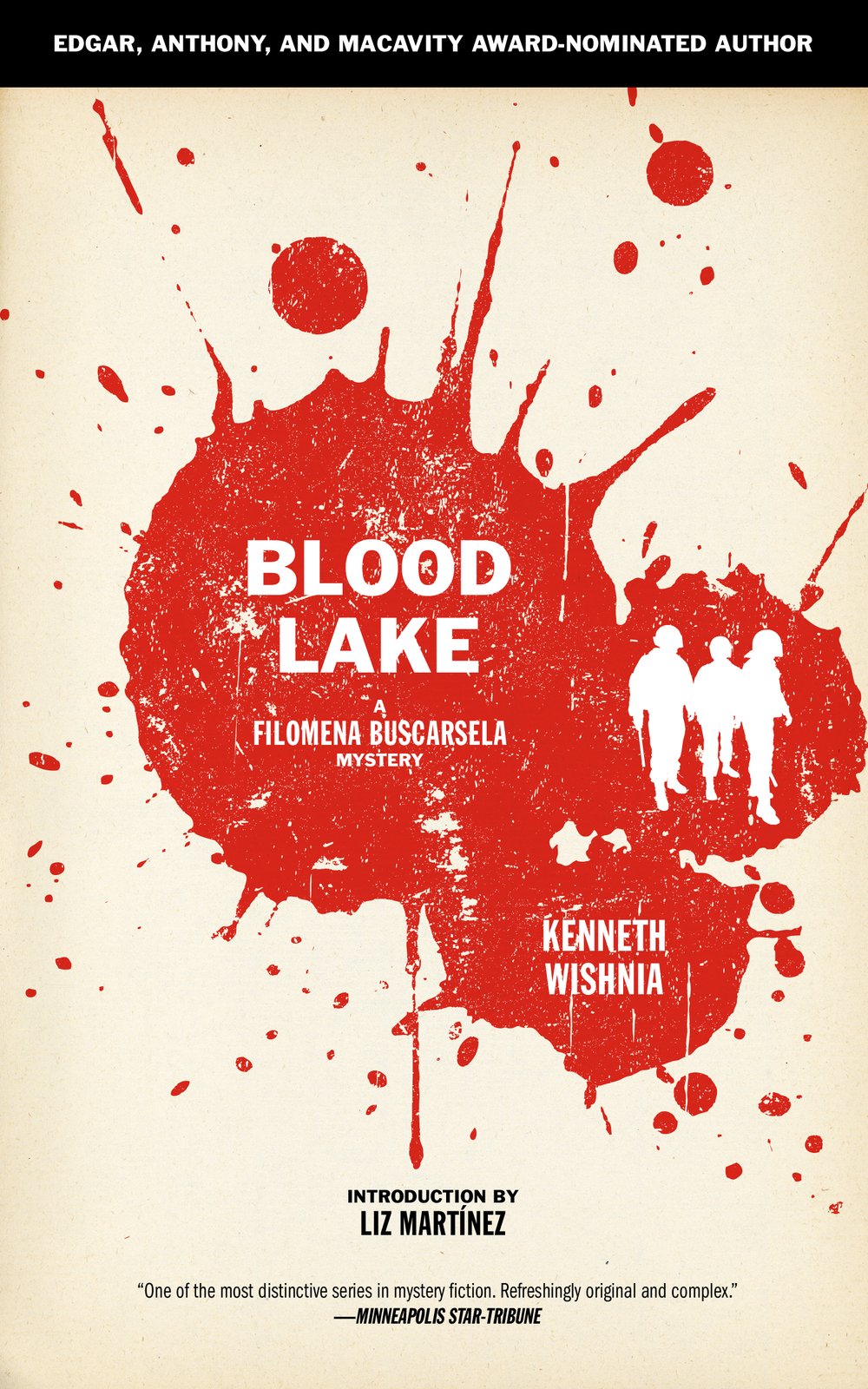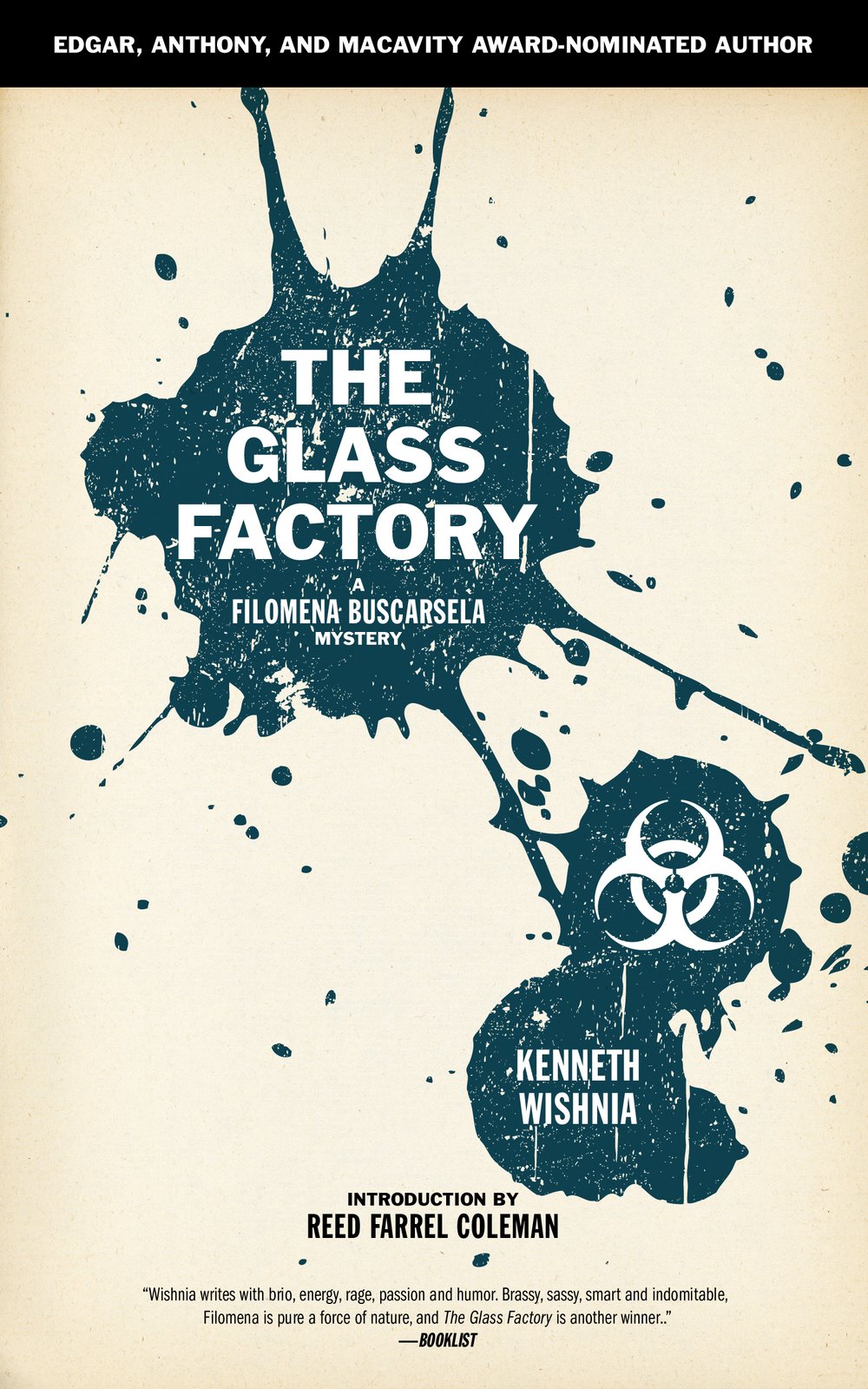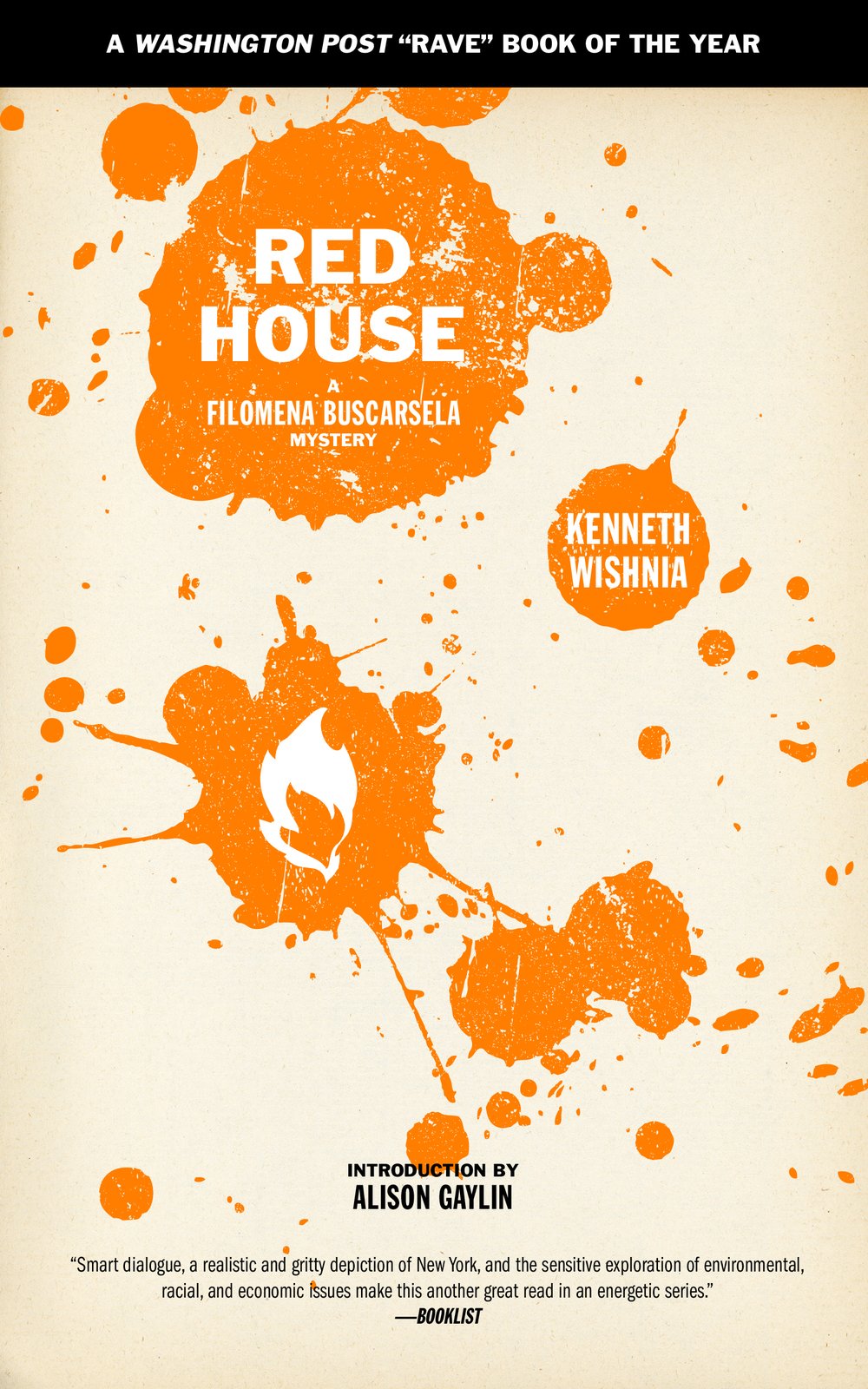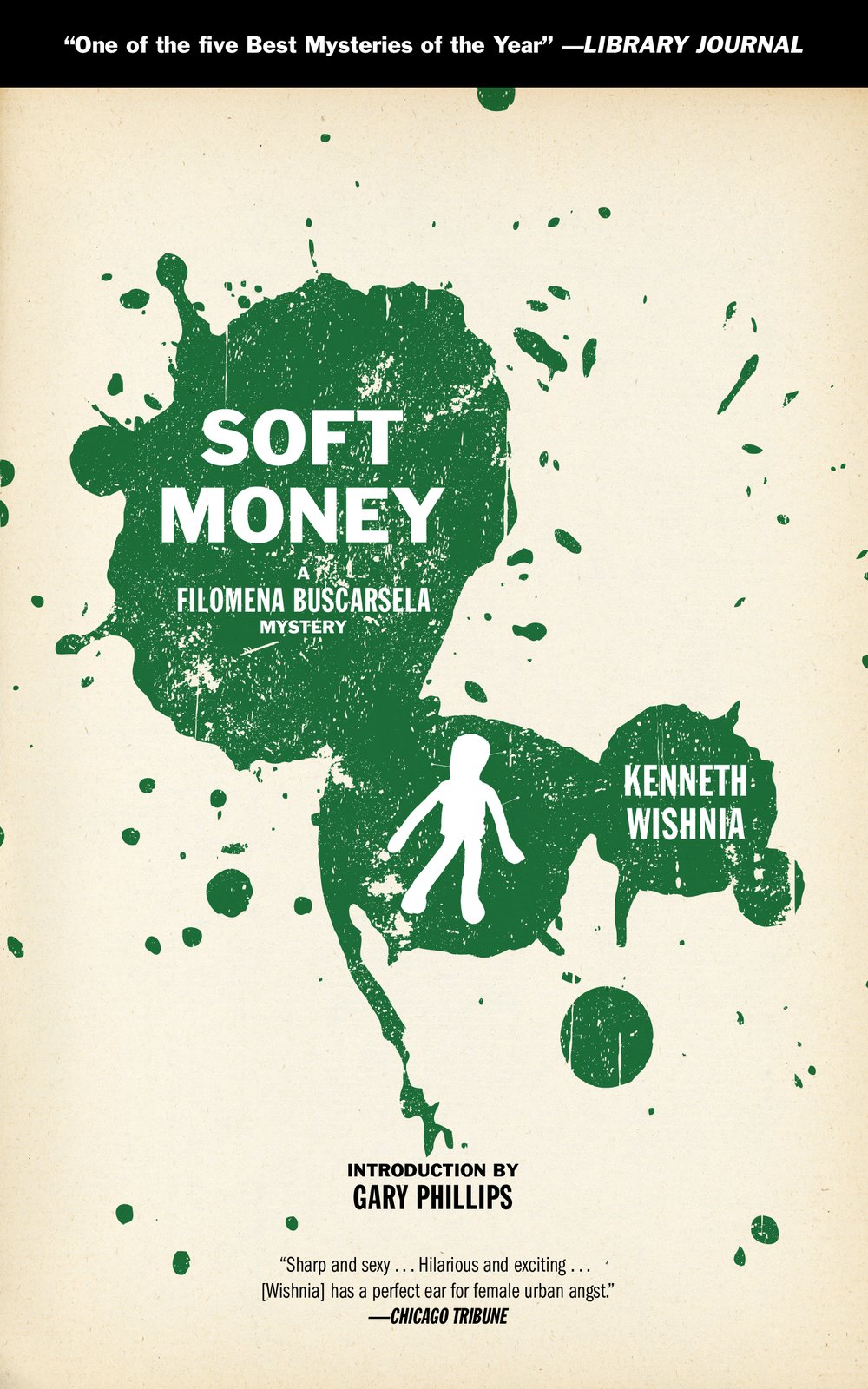23 Shades of Black
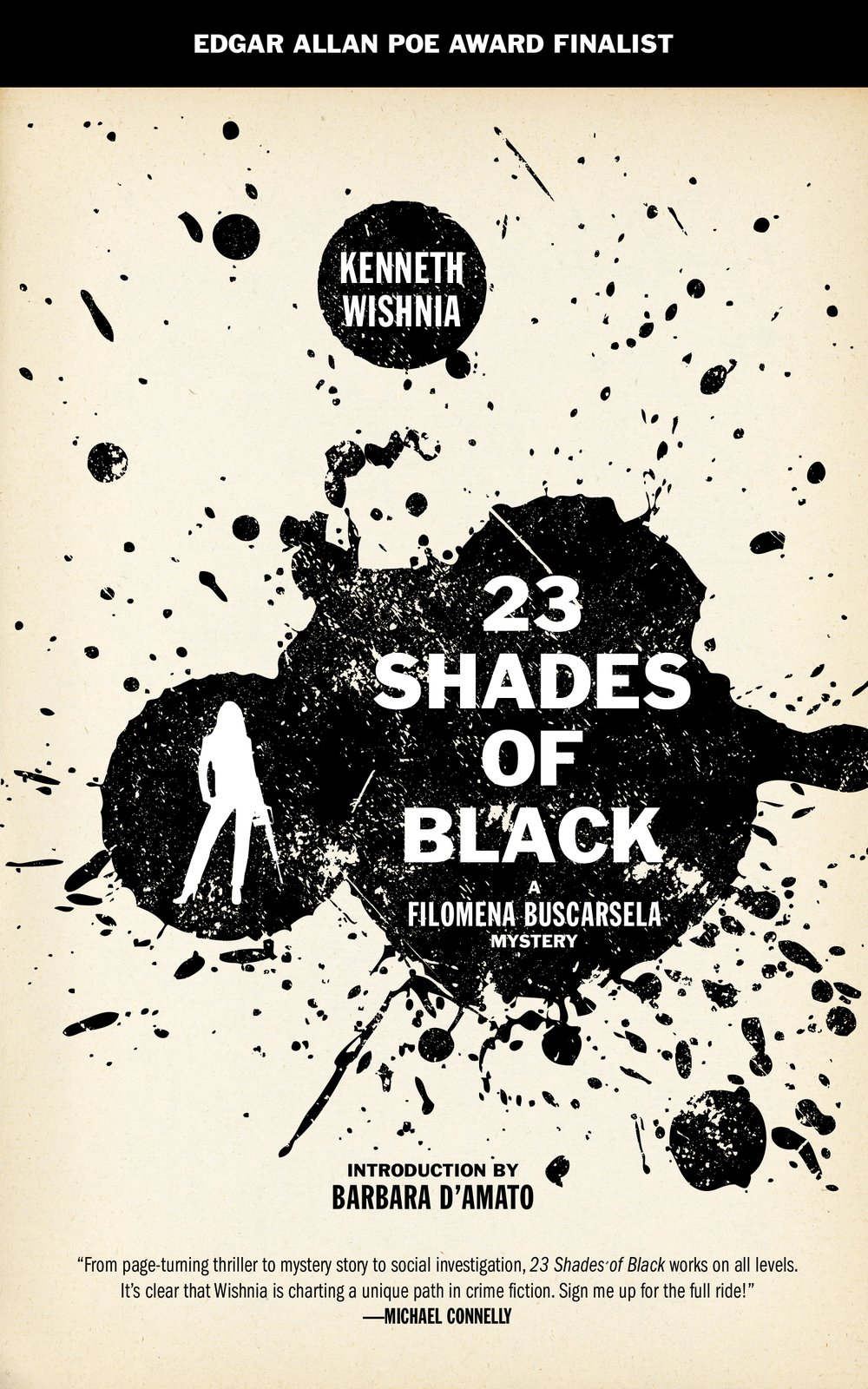
23 Shades of Black is socially conscious crime fiction. It takes place in New York City in the early 1980s, i.e., the Reagan years, and was written partly in response to the reactionary discourse of the time, when the current thirty-year assault on the rights of working people began in earnest, and the divide between rich and poor deepened with the blessing of the political and corporate elites. But it is not a political tract, it’s a kick-ass novel that was nominated for the Edgar and the Anthony Awards, and made Booklist’s Best First Mysteries of the Year.
The heroine, Filomena Buscarsela, is an immigrant who experienced tremendous poverty and injustice in her native Ecuador, and who grew up determined to devote her life to helping others. She tells us that she really should have been a priest, but since that avenue was closed to her, she chose to become a cop instead. The problem is that as one of the first Latinas on the NYPD, she is not just a woman in a man’s world, she is a woman of color in a white man’s world. And it’s hell. Filomena is mistreated and betrayed by her fellow officers, which leads her to pursue a case independently in the hopes of being promoted to detective for the Rape Crisis Unit.
Along the way, she is required to enforce unjust drug laws that she disagrees with, and to betray her own community (which ostracizes her as a result) in an undercover operation to round up undocumented immigrants. Several scenes are set in the East Village art and punk rock scene of the time, and the murder case eventually turns into an investigation of corporate environmental crime from a working class perspective that is all-too-rare in the genre.
And yet this thing is damn funny, too.

